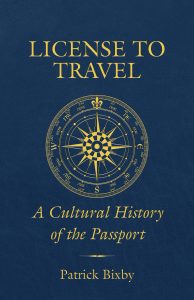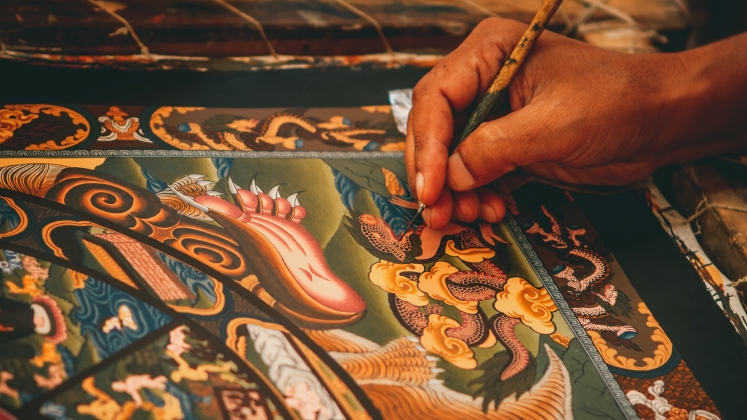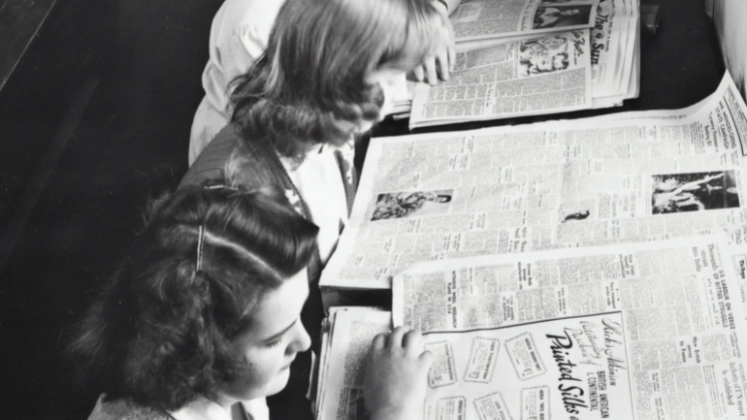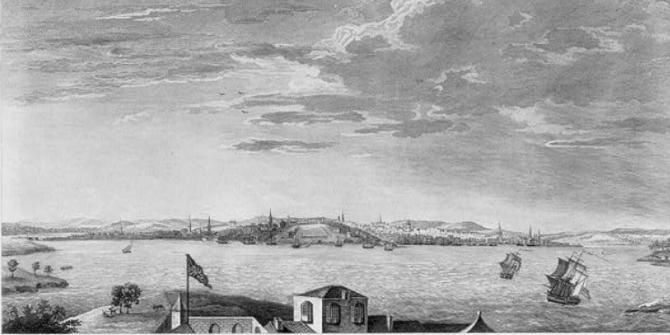In License to Travel, Patrick Bixby offers a new cultural history of the passport, exploring its pre-history, emergence and its current status today. This beautifully written and accessible book will be a great introduction for people wanting to learn more about passports and their politics of inclusion and exclusion, writes Isadora Dullaert.
License to Travel: A Cultural History of the Passport. Patrick Bixby. University of California Press. 2022.
 Find this book (affiliate link):
Find this book (affiliate link):![]()
‘Let him depart, his Pasport shall be made’ is one of the (perhaps unexpected) ways in which the passport pops up in English literature (52). Unexpected, because it turns out that besides their presence in academic scholarship, passports also have a long history of being described in the literature of prose, novels and plays. This quote, from Shakespeare’s Henry V, narrating the titular king’s rule in the fifteenth century, is one of the many literary examples that Patrick Bixby, Associate Professor in English at Arizona State University, integrates in his new book. With its beautifully constructed phrases, License to Travel: A Cultural History of the Passport reads like a literary work itself.
License to Travel consists of three parts, each describing a different phase in the emergence of the passport: the pre-history of the passport; the advent of the passport; and the passport today. What sets the book apart is that it does not only rely on historical and sociological accounts; instead, its main way of telling the history is through the eyes of writers, artists and filmmakers. This gives readers the opportunity to gain some insight into how the passport was perceived when people could still remember a time where travel was less tied to the institutionalised rituals surrounding these travel documents. For example, in their correspondence, modernist writers André Gide and Rainer Maria Rilke complained of ‘all the passport formalities’ that made it so hard to visit friends across borders (100). Similarly, Stefan Zweig remarked that ‘before 1914 the earth had belonged to all’, and travellers could go where they pleased without a passport (101).
While for some the arrival of the passport was mainly a nuisance, Bixby also pays attention to its much more severe exclusionary functions. Denying people their right to be a citizen is a deeply political act. For example, the American abolitionist leader and social reformer Frederick Douglass had to fight for his right to a passport. After escaping from slavery and purchasing his freedom, it would take years before the American state was willing to grant him this document. In his memoir, Douglass recalls how the democratic minister ‘refused to give me a passport on the ground that I was not and could not be an American citizen. This man is now dead and generally forgotten, as I shall be; but I have lived to see myself everywhere recognised as an American citizen’ (85).

Photo by ConvertKit on Unsplash
This double function of the passport – acting as both a means to exclude and to grant rights – is a theme throughout the book. Bixby describes, for instance, a scene from Ai Weiwei’s documentary Human Flow, which documents the global refugee crisis. He highlights a conversation between Ai and Abdullah Mahmoud, a migrant staying in a camp on the Greek-Macedonian border. They discuss the idea of swapping passports, and therefore names, houses and nationality. As Bixby points out, the conversation shows the tragic arbitrariness of the passport regime: ‘if only one’s identity, one’s belonging, and one’s status before the law could be so easily transferred from one body to another […] if only the fictions of border and nations that circumscribe the lives of migrants could be recast into another fiction’ (149). Through these discussions of the randomness of being assigned a certain passport, the book reminds us that it remains a powerful document, able to both protect and harm.
The last chapter, ‘Aliens and Indigenous’, starts with a description of Nicholas Roeg’s film, The Man Who Fell to Earth, starring David Bowie as the alien of the title. Bixby uses the film to reflect on Bowie and the different personas he embodied over the years as well as the relationship between ‘strangeness’, identification and legitimacy. Through discussions of another musician, Sun Ra, and, surprisingly, of Elon Musk, who featured in a Simpsons parody ‘The Musk Who Fell to Earth’, Bixby contemplates space, belonging and different kinds of ‘illegal’ immigrants.
While these observations are interesting, and the parallels are striking, this analysis leaves little space for the second part of the chapter, which explores passports issued by Indigenous nations in order to assert their sovereignty and the unwillingness of other states to recognise these as travel documents. To illustrate this, Bixby mentions an instance where the Iroquois Nationals lacrosse team was denied access to the UK when they tried to use their Haudenosaunee passports, ultimately resulting in the team missing the World Lacrosse Championship. While it does highlight the importance of Indigenous passports, the chapter could have done more to address the injustices that Indigenous peoples have had to face and are still facing when it comes to recognition and sovereignty, which is discussed quite briefly in comparison to other subjects in the book.
For the most part, however, License to Travel offers a good overview of the different struggles related to the emergence of passports. While it primarily focuses on cultural works, Bixby connects these examples to academic scholarship on exclusion, such as Giorgio Agamben’s concept of ‘bare life’, which refers to the way in which some groups, such as refugees, are stripped of their political agency and reduced to mere bodies. This influential concept, as well as other theories mentioned in the book, will not be new to those working in the fields of migration studies, border studies and security studies. However, what the book does do is give passport stories a human quality. The anecdotes, conveyed through the words of writers and artists across different times, offer personal, less abstract stories that counter attempts to anonymise refugees as ‘flows’ or ‘invasions’. Furthermore, as the topic is approached and discussed in an accessible way, License to Travel would be a great introduction for people wanting to learn more about passports and their politics of inclusion and exclusion.
- This review first appeared at LSE Review of Books.
- Please read our comments policy before commenting.
- Note: This article gives the views of the author, and not the position of USAPP – American Politics and Policy, nor of the London School of Economics.
- Shortened URL for this post: https://bit.ly/3ksV7D2






